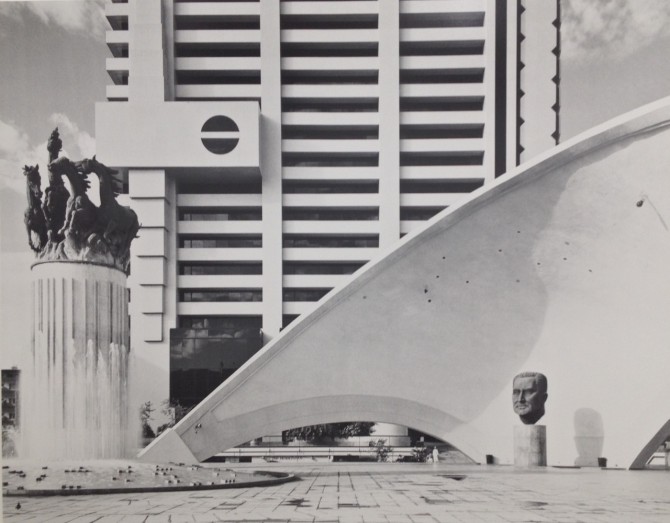Review of David Goldblatt, Structures of Dominion and Democracy, Paris
By Olivia Anani
“The infectious spread of apartheid into the smallest detail of daily living has made South Africa a land of signs”
-Tamar Garb, quoting Ernest Cole in House of Bondage
“A land of signs”, published in Nka Journal of Contemporary African Art, issue 26, Spring 2010.
When talking about the significance of architecture as a symbol of power, I cannot help but reflect on Brancusi’s Endless Column. The case of columns is quite emblematic of the way we view architecture. They have long been described as phallic projections of vanity, consequently attributed to negative male values such as power and the abuse of it, arrogance, war and violence. Just like Brancusi’s column, is there an end to man’s vanity, individual, but also political and historical? And in the great clash of powers that was the slave trade, followed by colonialism and apartheid, what role did architecture play? And more importantly, what are its effects today? Has its role changed over the years, and how? Beyond Fanon’s enlightened comment in “Wretched of the Earth”, questions still abound, and considering the difficulty to address them exhaustively, we must content ourselves with hints.
NEXT: New land, old wounds, and recent injuries – Dominion and Democracy (Part 2)



